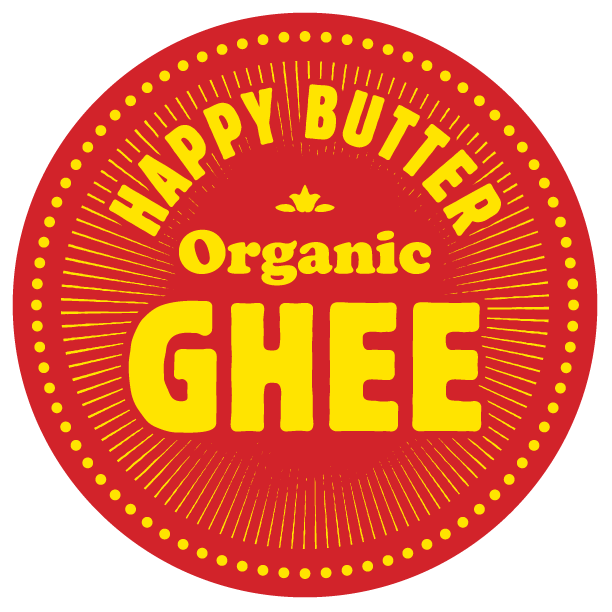What’s The Difference Between Good & Bad Fat | Happy Butter
When it comes to discussions about diet and the kinds of food that are good and bad for you, the truth is often found as a balance between the two extremes.
This is especially important when discussing fats, carbohydrates, or indeed any food group, as nutrition is often more complicated than it initially appears.
This is especially true when it comes to the discussions of “good” and “bad” fat, which is usually used to describe the difference between unsaturated and saturated fats respectively.
It is important to know why certain fats are seen as good or bad, the truth behind them, and where organic ghee and other healthier sources of fat fit into a balanced diet.
We need some fats in our diet to function properly. Fat is a quick store of energy, helps us keep warm, is used to absorb vitamins A, D and E, and is a source of essential fatty acids (EFAs) that our bodies cannot make themselves.
There are four types of fat, two of which are seen as “good” and the other two “bad”, although in practice it is far less binary than this sounds.
The first two are unsaturated fats, which can be either monounsaturated or polyunsaturated.
The former is found in foods like olive oil, peanut butter as well as most types of nuts in general, and can generally be enjoyed in small amounts.
The latter include foods like oily fish, pine nuts, sesame seeds and some of the oils found in ghee, which help to supply omega-3 and omega-6 essential fatty acids that the body cannot make by itself.
By contrast, there are also saturated and trans fats.
Saturated fats, such as those found in hard cheeses, butter and coconut oil, are needed in small amounts but are often found in a lot of processed food so people tend to eat more of them than they should.
By contrast, trans fats or hydrogenated fats are typically found in deep-fried food, snacks and margarine and should be avoided as much as possible.
